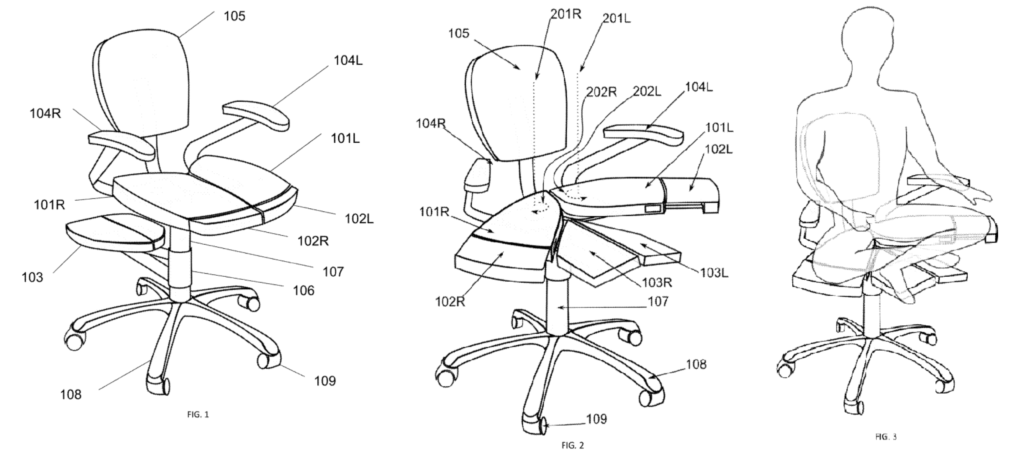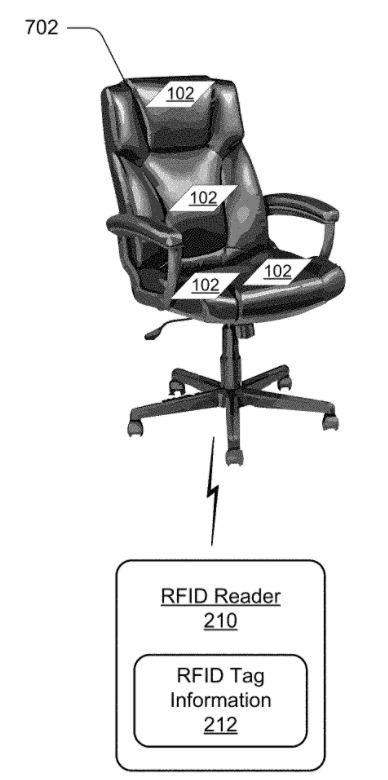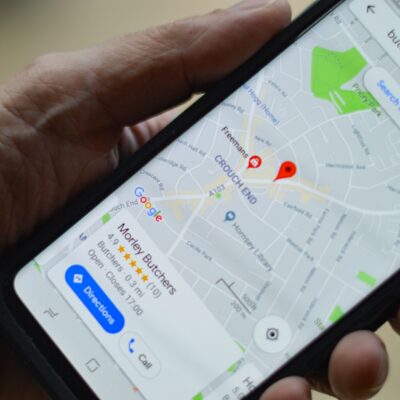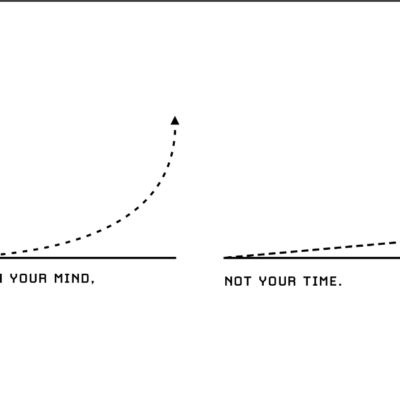Ever since the pandemic hit, I have been spending most of my waking hours in front of a computer.
This prolonged sitting has made the importance of good sitting posture clear to me. Well, not just to me. The internet is flooded with articles teaching the right sitting posture. In my experience though, knowing it doesn’t really help. This is a problem of building a habit and a lot of inertia has to be overcome.
While I struggle to develop this habit, innovators around the world are developing ingenious solutions to the problem of bad posture. Let’s looks at few:
Some brands are re-thinking chairs from scratch. Some have designed chairs that look nothing like conventional chairs. Here is one example. It is called Soul Seat, designed by Ikaria Design Company to help people sit cross-legged.

For some people, a redefined chair may be too radical. Also, most people do not want to sit cross-legged all the time. So a more balanced solution may be more desirable. I came across an interesting design for such an “adaptable chair” in a recent patent application:

Better chairs may not be enough, though. Just as better availability of exercise equipment does not ensure that you would work out, better chair on their own cannot solve the problem of bad posture. No matter how well designed a chair it, I am sure I will find a way to slouch in it too.
For this reason, some inventors seem to be taking a more ‘active’ approach.
Motorola, for example, has a patent on a smart chair. This chair will continuously record your posture via a bunch of sensors embedded in it. This information will then be used by a computer to check if your posture is right or not. If not, the computer will send you a notification on your phone.

Interesting as it may look, I don’t think embedding sensors in a chair is practical. The reason is simple – batteries. Sensors need to be powered and I don’t think people care about sitting posture enough to replace or recharge batteries in their chairs!
A better solution has been described in a patent filed by the German company LogicData, which manufactures components for standing desks.
Their patent says:
. . . office chair system also include an image recording device, e.g. a camera or a 3D camera, which are configured and arranged in such a way that image data representing an image of the user of the office chair system can be recorded and transmitted to the operating element and/or the calculation unit.
Essentially, they have considered the possibility of sensing your posture from images. No sensors in the chair, which I think is a more practical approach. However:
As soon as you bring up the idea of using cameras to do anything, privacy becomes an immediate concern.
Thankfully, at least for this case, it would soon be possible to do posture sensing without using a camera. In an earlier post, I described how Microsoft is developing a gesture sensor using sound waves. It could be used for posture sensing as well. As an extreme, posture sensing has also been done by WiFi signals (I find it incredible) as is shown in this video:

These techniques streamline the sensing side.
Now, coming to the correction side, if you got a notification every time you transitioned into bad posture, you would soon get annoyed by them. You also get numb to regular notifications. My monitor shows me a message saying I should take a break every 20 min. My mind ignores it automatically. Better ways of correcting posture are therefore needed.
For this, one good way out has been suggested in a patent filed by an individual inventor.
It focuses on posture correction while using VR headset. The patent says due to complete immersion in VR, users can entirely forget how they are sitting. They can be reminded of the bad posture by changing the point-of-view in the VR (e.g. to very near to the ground) when they slouch.
This is a more subtle way of providing feedback than bombarding with notifications. This technique can be adopted for regular desks too. It can be done, for instance, by making the items on the screen blurry when the person sinks too low into the chair.
All of the above inventions, like most inventions, have some good parts and some bad parts. Effective products often combine good parts from many different solutions in new ways. Innovators must therefore expose themselves to as many solutions as they can find.
Our newsletter is one way innovators can keep themselves up to date with the best ideas in their fields. You can subscribe to our newsletter here:


